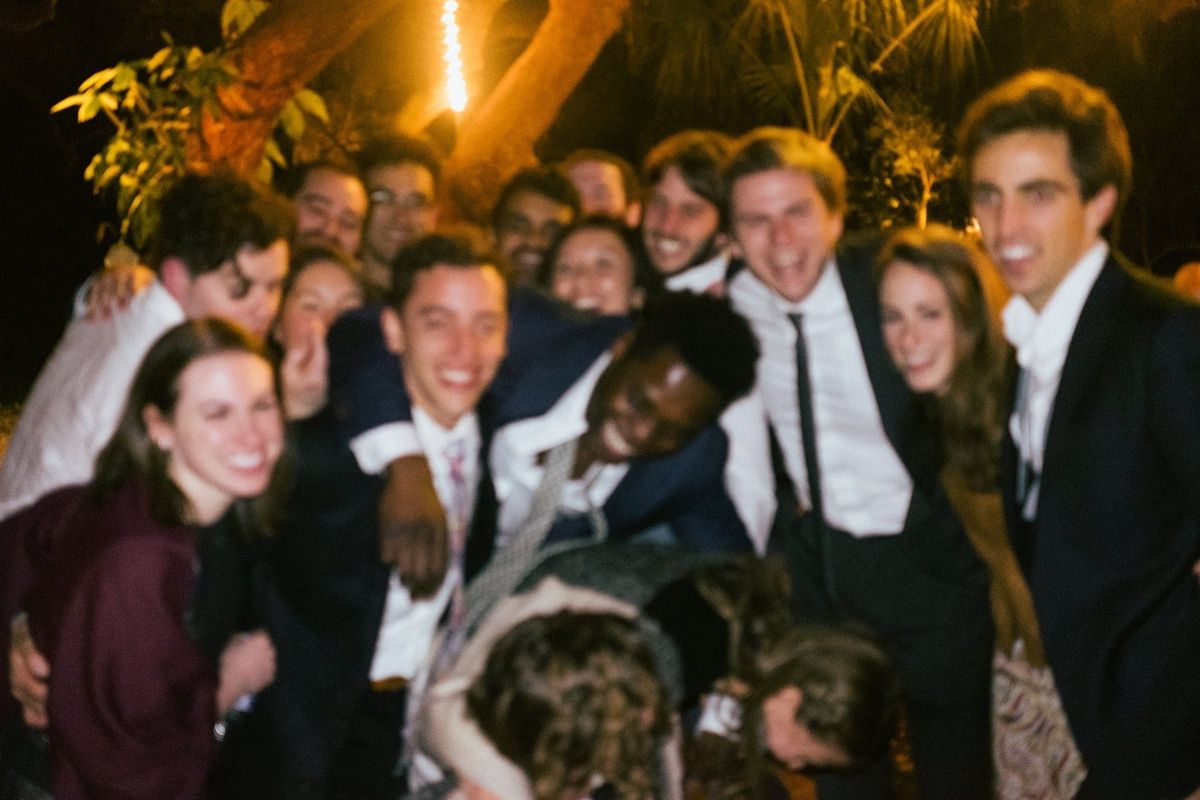Working theory of social dynamics
I’d bet a lot of people agree that the first few years after college are when you do some of the most meaningful “growing up”. First job, first experience with disposable income, for many the first time living alone and everything that goes along with that.
For me, it was also my first time having to build a community from scratch (see: friend rules). I was lucky enough to build a really great group of friends that were both diverse and just plain fun (and I’m marrying one of them!) — we were constantly around each other.

I’ve thought a lot over the years about why that friend group was so frictionless, and I think it’s due to strong social dynamics that balanced everyone within it.
The theory I keep coming back to is summarized by three types of people:
- Listeners - these folks absorb energy that’s created in a group setting. They’re thoughtful and absolutely contribute, but they almost always are not where conversation starts.
- Amplifiers - these folks perpetuate energy that’s created in a group setting.
- Creators - these folks create sparks, or new topics, that the group then consumes. They’re creative and spontaneous, and tend to broaden the surface area of discussions rather than narrow it.
Generally, I think individuals have “resting states” in which they are most comfortable (for example, I’m most comfortable as an amplifier); but, they can shift outside of that state in a group, if necessary.
The balance of listeners :: amplifiers :: creators probably varies considerably, but there may be a golden ratio that maximizes cooperation.
To build the best groups, I believe you should focus on the following:
- Ensure you’re occupying your resting state as much as possible. In groups you are forced outside of your resting state or you are redundant, you’ll find more friction (and it likely won't last).
- Find a good balance of each social type. Each type of person needs the other - a creator without listeners is just blowing hot air into the wind; similarly, an amplifier without a creator doesn’t have much to do.
This theory is admittedly incomplete, and it doesn’t explain two person groups (e.g. intimate relationships) all that well. I haven’t worked through how this extends to professional environments, but there may be application there, too.